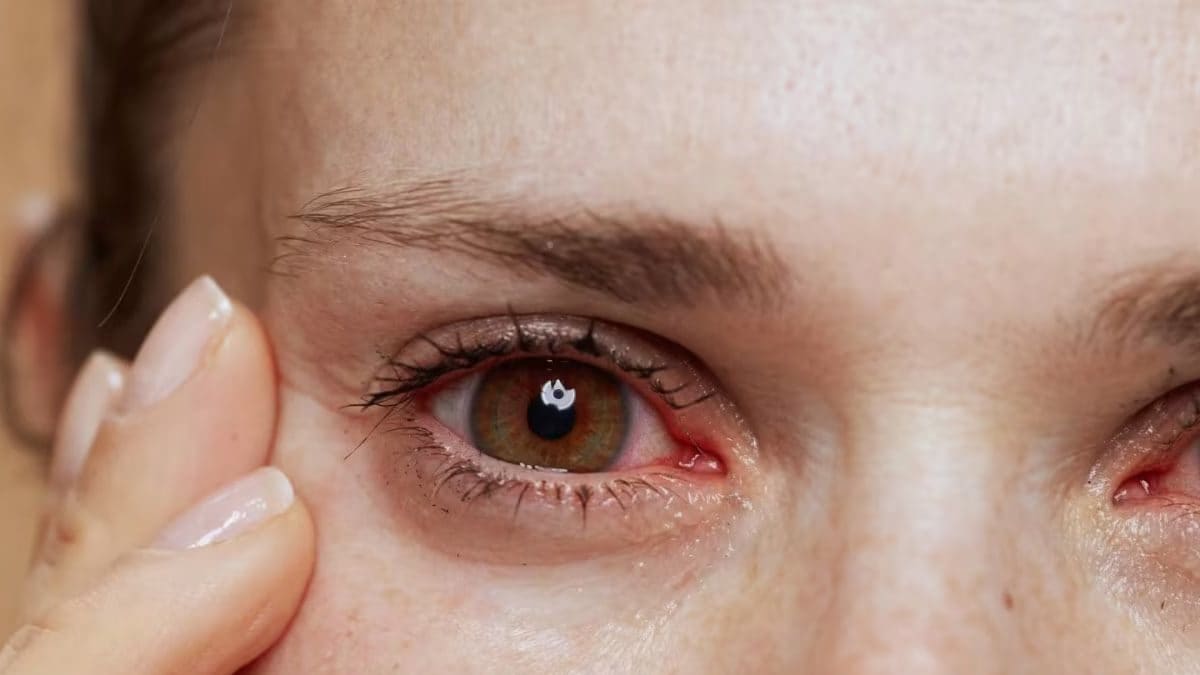Eye infections are particularly common during this season, causing discomfort and potential complications if not addressed promptly
Eye infections during the monsoon can cause significant discomfort, but with prompt treatment and preventive measures, one can protect eyes and maintain good eye health.
The monsoon season, while bringing relief from the summer heat, also brings a surge in various infections due to increased humidity and moisture. Eye infections are particularly common during this season, causing discomfort and potential complications if not addressed promptly. Dr Mandeep Singh Basu, Director, Dr. Basu Eye Hospital shares some prevalent eye infections during the monsoon and their treatments.
Common Eye Infections
- Conjunctivitiso Viral Conjunctivitis: This highly contagious infection is caused by a virus and spreads rapidly through contact. Symptoms include redness, watery discharge, and irritation.o Bacterial Conjunctivitis: This type is caused by bacteria and often results in a sticky, pus-like discharge, along with redness and swelling.o Allergic Conjunctivitis: Triggered by allergens like pollen, dust, or mold, this condition causes itching, redness, and watery eyes without infectious discharge.
- StyeA stye is a painful, red bump near the edge of the eyelid, caused by a bacterial infection of the oil glands. It can lead to swelling, pain, and discomfort.
- Dry EyesIncreased humidity and fluctuating weather conditions can disrupt the tear film, leading to dry eyes. Symptoms include a gritty sensation, redness, and blurred vision.
- Fungal Keratitis
This serious infection is caused by fungi entering the eye, often through injury or contact with contaminated water. It can lead to severe pain, redness, blurred vision, and discharge.
Treatment Options
- Eye Wash with Triphala WaterTriphala, a traditional Ayurvedic formulation, is known for its cleansing and healing properties. Washing the eyes with Triphala water can help soothe irritation, reduce inflammation, and promote healing. To prepare, soak Triphala powder in water overnight, strain it, and use the water to wash your eyes.
- Cold/Hot SpongingDepending on the type of infection, cold or hot sponging can provide relief:Cold Sponging: Effective for viral and allergic conjunctivitis, cold sponging helps reduce itching, redness, and swelling. Use a clean, cold compress on the affected eye for a few minutes.Hot Sponging: Useful for bacterial conjunctivitis and styes, hot sponging helps in draining pus and reducing inflammation. Apply a warm, moist cloth to the affected area for relief.
- Ocular Massage with GheeGhee, or clarified butter, is revered in Ayurvedic medicine for its nourishing and healing properties. Gently massaging a small amount of ghee around the eyes before bedtime can help improve circulation, reduce dryness, and promote overall eye health.
Take Good Care of Your Digestive Fire (Agni)
According to Ayurveda, maintaining a healthy digestive fire (Agni) is crucial for overall health, including eye health. A balanced diet rich in fresh fruits, vegetables, and whole grains, along with regular exercise and adequate hydration, can help keep your Agni strong. Avoiding spicy, oily, and junk foods is also recommended to prevent digestive issues that could indirectly affect your eyes.
Preventive Measures
Following preventive measures can help reduce the risk of eye infections during the monsoon:
- Maintain HygieneWash your hands frequently and avoid touching your eyes with unclean hands.
- Avoid Sharing Personal ItemsTowels, handkerchiefs, and eye makeup should not be shared to prevent the spread of infections.
- Protect Your EyesWear sunglasses or protective eyewear to shield your eyes from dust, rainwater, and allergens.
- Keep Contact Lenses CleanIf you wear contact lenses, ensure they are cleaned and stored properly to avoid infections.Eye infections during the monsoon can cause significant discomfort, but with prompt treatment and preventive measures, one can protect eyes and maintain good eye health.




